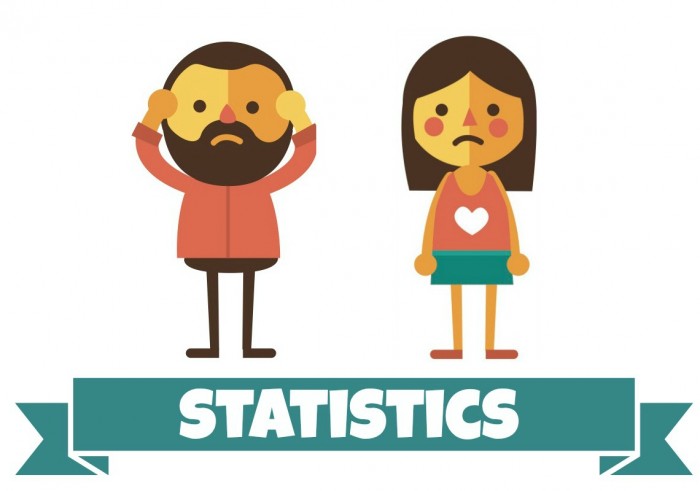According to the Diagnostic and Statistical Manual of Mental Disorders, Fifth Edition (DSM-5), Generalized Anxiety Disorder is characterized by:
A. Excessive anxiety and worry (apprehensive expectation), occurring more days than not for at least 6 months, about a number of events or activities (such as work or school performance).
B. The individual finds it difficult to control the worry.
C. The anxiety and worry are associated with three (or more) of the following six symptoms (with at least some symptoms having been present for more days than not for the past 6 months):
Note: Only one item is required in children.
♦ Restlessness or feeling keyed up or on edge
♦ Being easily fatigued
♦ Difficulty concentrating or mind going blank
♦ Irritability
♦ Muscle tension
♦ Sleep disturbance (difficulty falling or staying asleep, or restless, unsatisfying sleep)
D. The anxiety, worry, or physical symptoms cause clinically significant distress or impairment in social, occupational, or other important areas of functioning
E. The disturbance is not attributable to the physiological effects of a substance (e.g., a drug of abuse, a medication) or another medical condition (e.g., hyperthyroidism)
F. The disturbance is not better explained by another mental disorder.
♦ Anxiety disorders affect 40 million Americans (age 18+) in a given year [source]
♦ Belief in God Positively Influences Psychiatric Treatment Outcomes
♦ Exercise and Mood: The Basics
♦ Meditation and Gray Matter Increases
♦ Mood Stabilizing Effects of Flaxseed Oil
♦ Physical Benefits of Meditation
♦ Relaxation Response Produces Instant Change in Gene Expression
♦ Stress Helps Confident Students, Hurts Anxious Peers
♦ Study Suggests You May Handle Anxiety Better After Exercise
♦ The Microbiota-Gut-Brain Axis (And Other Sexy Stuff)
♦ National Center for Complementary and Integrative Health
♦ National Institute of Mental Health
♦ Anatomy of an Epidemic: Magic Bullets, Psychiatric Drugs and the Astonishing Rise of Mental Illness: Robert Whitaker
♦ The Emperor’s New Drugs: Exploding the Antidepressant Myth: Irving Kirsch
♦ Unhinged: The Trouble with Psychiatry – A Doctor’s Revelations about a Profession in Crisis: Daniel Carlat
♦ The Truth About the Drug Companies: How They Deceive Us and What to Do About It: Marcia Angell
♦ Prozac Backlash: Overcoming the Dangers of Prozac, Zoloft, Paxil, and Other Antidepressants with Safe, Effective Alternatives: Joseph Glenmullen
♦ Prozac: Panacea or Pandora?: Ann Blake Tracey
♦ Blaming the Brain: The Truth About Drugs and Mental Health: Elliot Valenstein
♦ Mad in America: Bad Science, Bad Medicine and the Enduring Mistreatment of the Mentally Ill: Robert Whitaker
References
Kessler, R.C., Chiu, W.T., Demler, O., Walters, E.E. (2005). Prevalence, severity, and comorbidity of twelve-month DSM-IV disorders in the National Comordbidity Survey Replication (NCS-R). Archives of General Psychiatry, 62(6): 617-27.
Enter your search term below and you’re ready to go! To sort by Year, Publication, etc. just click the column titles! (While database searches do work on mobile devices, it’s a little bit easier to view on your desktop.) Clicking the article title will take you directly to the article abstract. Please let me know if you have any questions or need any help!








